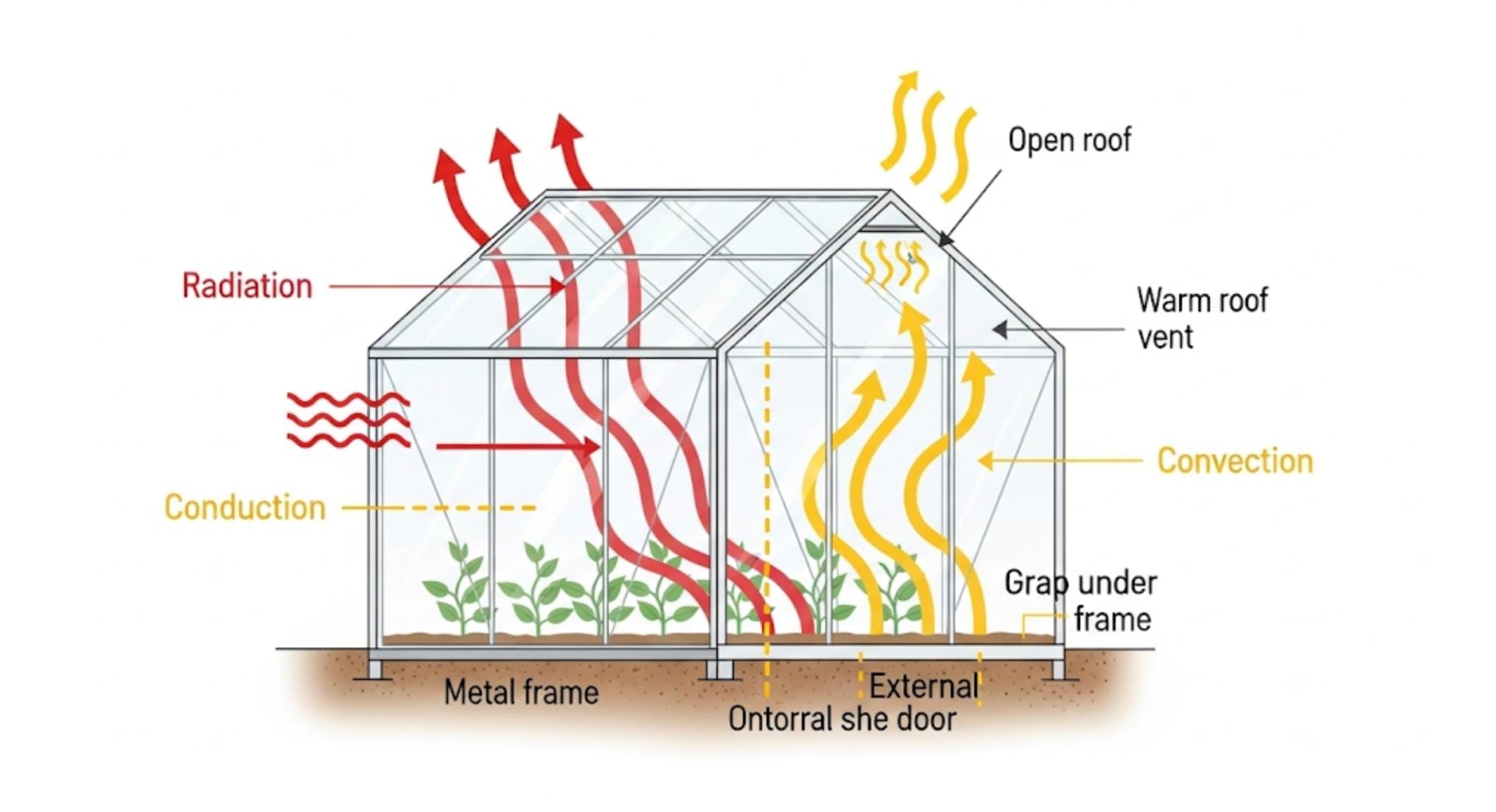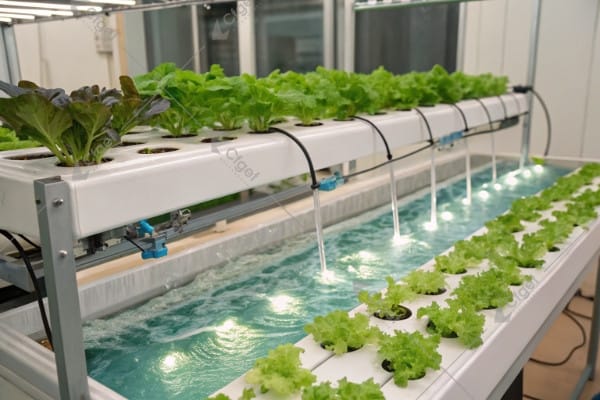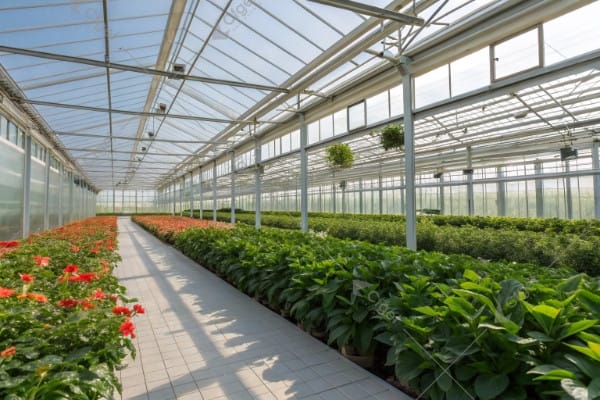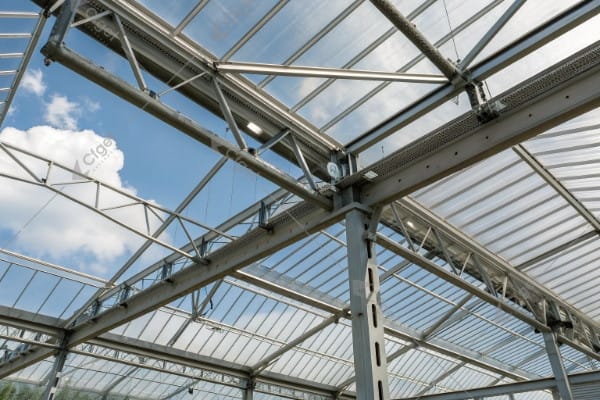Struggling to pick the perfect plastic for your greenhouse? Overwhelmed by choices and technical jargon? Feeling lost in a sea of PE, PC, and PVC?
The best plastic for your greenhouse depends on your specific needs, budget, and the crops you intend to grow. Different types of plastic offer various benefits in terms of light transmission, durability, and cost.
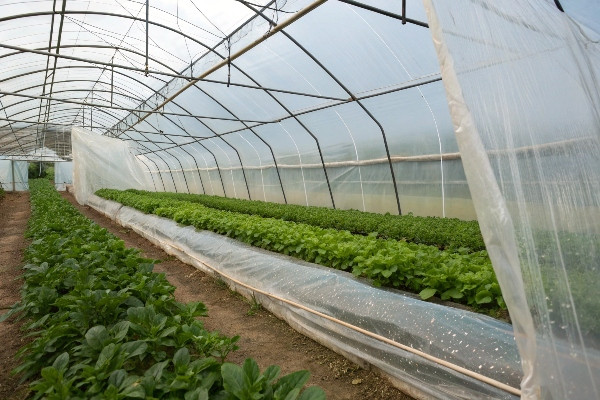
Choosing the right plastic is a big deal. It affects everything. Let’s make it simple.
Don’t Miss: ——12 Common Types of Greenhouses
Polyethylene (PE) vs. Polycarbonate (PC) vs. PVC: Which Greenhouse Plastic is Best?
Confused by all the greenhouse plastic options? Feeling like you need a science degree to understand the differences? Not sure where to even begin?
Polyethylene (PE) is generally the most affordable and flexible option, while Polycarbonate (PC) offers superior strength and light diffusion. PVC is less common for greenhouses due to its lower durability and potential for chemical leaching.

Let’s break this down further. Think about it like choosing a car. Do you need a basic, reliable sedan (PE), a sturdy, high-performance SUV (PC), or something else entirely? Each type of plastic has its pros and cons. Here’s a detailed look, comparing them in a structured way:
| Feature | Polyethylene (PE) | Polycarbonate (PC) | PVC (Polyvinyl Chloride) |
|---|---|---|---|
| Cost | Most affordable | More expensive | Moderately expensive |
| Durability | Moderate; needs replacement more often (3-5 years with proper UV protection) | High; very durable and impact-resistant (10+ years) | Less durable than PC, more brittle; susceptible to UV degradation and chemical leaching. |
| Light Transmission | Good, can vary depending on type (diffuse, high-transmittance, etc.) | Excellent; often available in twin-wall or multi-wall sheets that offer good insulation and light diffusion. | Generally good, but can yellow over time with UV exposure. |
| Flexibility | Very flexible; easy to install and work with. | Less flexible than PE, but still relatively easy to work with, especially in thinner sheets. | Rigid; can be difficult to work with, especially in colder temperatures. |
| Insulation | Lower insulation value compared to multi-wall PC. | Excellent insulation, especially with multi-wall sheets. | Moderate insulation. |
| Common Uses | General greenhouse covering, high tunnels, row covers. | High-end greenhouses, commercial growing operations, areas with extreme weather. | Less common for greenhouses; sometimes used for cold frames or small structures. Historically used, but less popular now. |
| Lifespan | Shorter lifespan, especially in high UV environments. | Longer lifespan, even in harsh conditions. | Shorter lifespan than PC, especially in sunny climates. |
From my personal experience, I once helped a grower in Southeast Asia who was constantly replacing his greenhouse film. He switched to a higher-quality PE film with better UV protection, and it made a huge difference in his long-term costs. He had installed a very rudimentary greenhouse, and after my on-site visit, I suggested that he replace the covering material.
Understanding Greenhouse Plastic Thickness and UV Protection?
Feeling unsure about the numbers and terms related to greenhouse plastic thickness? Worried about the sun damaging your plants and your investment? Don’t know the difference between mil and micron?
Greenhouse plastic thickness1 is typically measured in mils (1/1000th of an inch), with thicker plastics generally being more durable. UV protection2 is crucial for extending the lifespan of the plastic and protecting plants from harmful radiation.
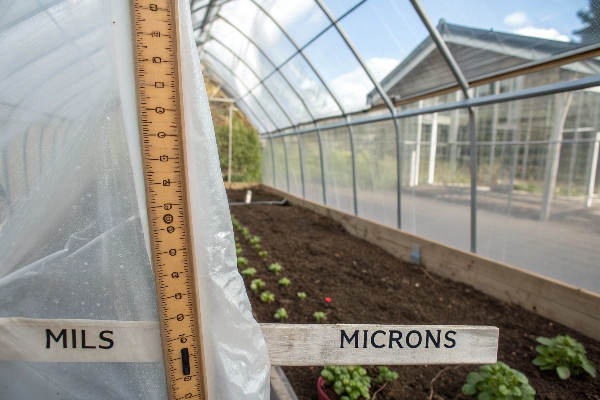
Thickness is important. It’s like the difference between a thin raincoat and a heavy-duty winter coat. UV protection is like sunscreen for your greenhouse.
Let’s break down the importance of thickness and UV protection in a practical way:
| Factor | Description | Importance | Considerations | |
|---|---|---|---|---|
| Thickness | Measured in mils (one mil = 1/1000th of an inch). Common thicknesses range from 3 mil to 12 mil or more. Thicker plastic is generally stronger and more resistant to tearing. | Affects durability, resistance to punctures and tears, and lifespan of the greenhouse plastic. Thicker plastic can better withstand wind, snow, and hail. | Thicker plastic is generally more expensive. The required thickness depends on your climate, the type of greenhouse structure, and the expected weather conditions. | |
| UV Protection | UV radiation from the sun degrades plastic over time, causing it to become brittle and yellow. UV protection is added to the plastic during manufacturing to slow down this degradation process. Different levels of UV protection are available. | Crucial for extending the lifespan of the greenhouse plastic. Protects plants from harmful UV radiation, which can damage foliage and reduce yields. | Higher levels of UV protection typically increase the cost of the plastic. The required level of UV protection depends on your location and the intensity of sunlight. | |
| Micron | 1 micron is one thousandth of a millimeter, there are one thousand microns in a millimeter, and 25.4 microns in one mil. | Plastic film thickness can be measured. | For example, 150 microns is 6 mils. | |
| Anti-drip Coating | The water vapor evaporated during crop planting in the greenhouse forms water flow that will follow the curved structure of the greenhouse along the wall, and will not drip on the crop leaves. | Improve light transmission and reduce disease in plants. | Some greenhouse plastics have built-in anti-drip technology. |
Choosing the right thickness and UV protection is about finding the right balance. Consider your budget, the environment and the expected lifespan.
How Long Does Greenhouse Plastic Last?
Worried about how often you’ll need to replace your greenhouse plastic? Thinking about the cost and hassle of replacing it? Wondering if there’s a way to make it last longer?
The lifespan of greenhouse plastic varies depending on the type, thickness, UV protection, and environmental conditions. With proper care and selection, most greenhouse plastics can last from 3 to 5 years, with some high-quality options lasting 10 years or more.
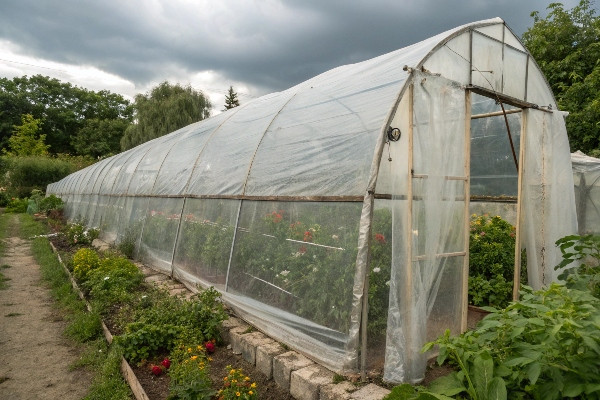
Lifespan is a key concern. You will want to minimize replacements. Let’s explore the factors that impact the lifespan, so you can make informed decisions and maximize your investment:
| Factor | Impact on Lifespan | Considerations | |
|---|---|---|---|
| Type of Plastic | PE film typically has a shorter lifespan than PC sheets. PVC is generally less durable than PC. | Choose the type of plastic based on your budget and desired lifespan. | |
| Thickness | Thicker plastic is more resistant to tearing and degradation, leading to a longer lifespan. | Select a thickness appropriate for your climate and expected weather conditions. | |
| UV Protection | Higher levels of UV protection significantly extend the lifespan of the plastic by slowing down degradation from sunlight. | Choose a plastic with UV protection appropriate for your location and sunlight intensity. | |
| Environmental Conditions | Exposure to extreme temperatures, high winds, hail, and heavy snow can shorten the lifespan of the plastic. | Consider your local climate when choosing greenhouse plastic. Proper installation and maintenance can help mitigate the impact of environmental factors. | |
| Installation & Maintenance | Proper installation, tensioning, and securing of the plastic can prevent premature wear and tear. Regular cleaning and repairs can also extend the lifespan. | Follow manufacturer’s instructions for installation. Regularly inspect the plastic for damage and make repairs promptly. Clean the plastic periodically to remove dirt and debris. | |
| Crop type | Different crops have different requirements for light. | Three are mainly divided into diffuse light, high-transmittance and ordinary types. | The ordinary type is more suitable for terrestrial crops, mainly vegetables. The high-transmittance type is mainly for fruits, and the diffuse light type is mainly for flowers. |
Remember, choosing the right plastic is a long-term investment. Spend time to plan and it will pay off.
Conclusion
Choosing the right plastic for your greenhouse is important. Think about cost, durability, and light. With this guide, you’re ready to create a thriving growing environment!

